Home>Gardening & Outdoor>Plant Care & Gardening Tips>When Can I Plant Wildflower Seeds In Ohio
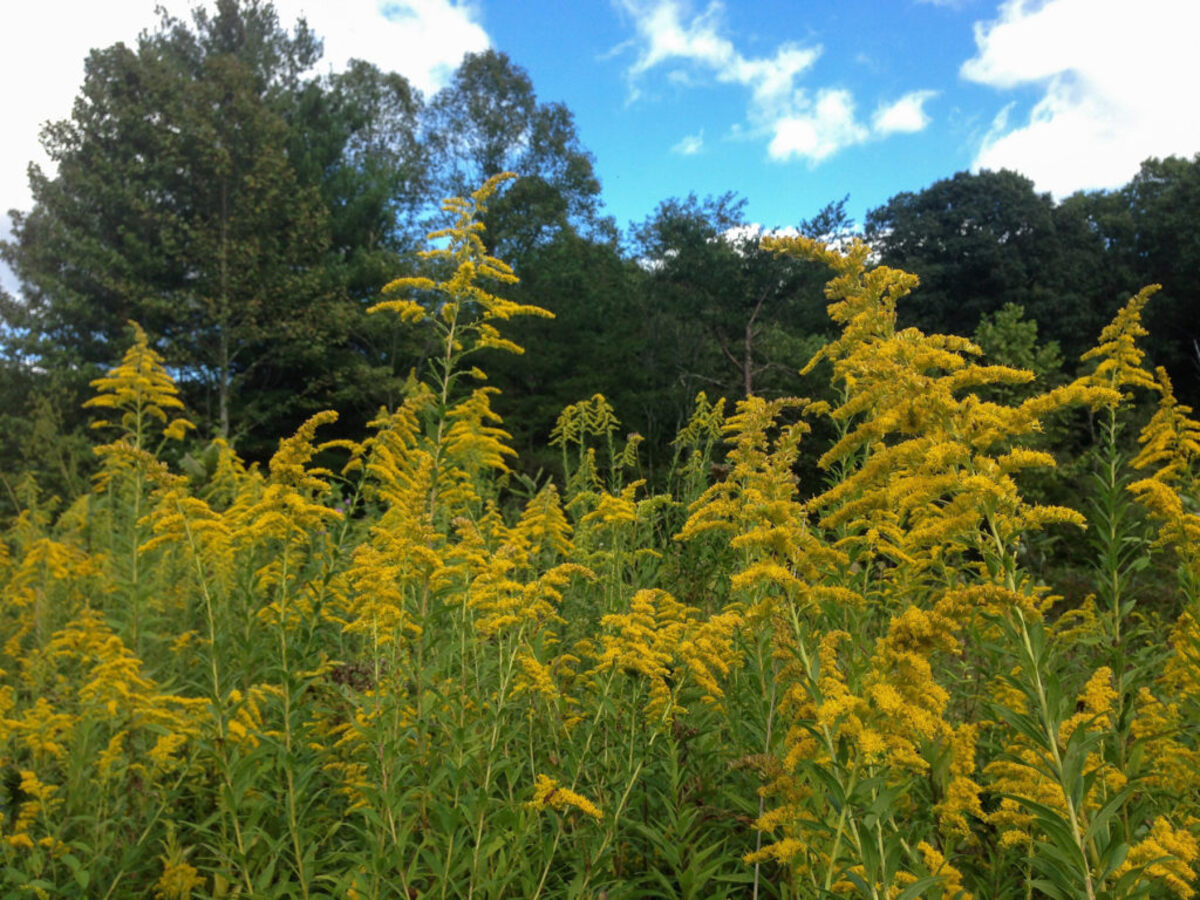

Plant Care & Gardening Tips
When Can I Plant Wildflower Seeds In Ohio
Modified: October 20, 2024
Learn the best time to plant wildflower seeds in Ohio and get expert plant care and gardening tips for a thriving garden. Discover when to sow wildflowers for beautiful blooms!
(Many of the links in this article redirect to a specific reviewed product. Your purchase of these products through affiliate links helps to generate commission for Storables.com, at no extra cost. Learn more)
**
Introduction
**
Welcome to the vibrant world of wildflowers! If you're an Ohio resident with a passion for gardening, you're in for a treat. Wildflowers not only add natural beauty to your surroundings but also play a crucial role in supporting local ecosystems and wildlife. Whether you're a seasoned gardener or just starting out, cultivating wildflowers in Ohio can be a rewarding and enjoyable experience.
In this comprehensive guide, we'll delve into the enchanting realm of wildflowers, focusing specifically on the best time to plant wildflower seeds in Ohio. By understanding the unique climate and soil conditions of the region, as well as the essential steps for planting and caring for wildflower seeds, you'll be well-equipped to embark on your own wildflower gardening journey.
Get ready to discover the wonders of Ohio's native flora and learn how to create a stunning wildflower display in your own backyard. Let's dive in and explore the fascinating world of wildflowers, uncovering the secrets to successful wildflower gardening in the beautiful state of Ohio.
**
Key Takeaways:
- Ohio’s diverse climate and soil conditions influence the best time to plant wildflower seeds, with early spring or late autumn being ideal. Understanding specific species’ needs is crucial for successful growth.
- By following essential steps like site selection, soil preparation, and continued care, Ohio gardeners can establish thriving wildflower gardens. Regular maintenance, including watering and weed management, supports the ecosystem and local wildlife.
Read more: When Can You Plant Grass Seed In Ohio
Understanding Wildflowers
**
Wildflowers are a diverse and captivating group of plants that grow in their natural, uncultivated state. They encompass a wide array of species, each with its own unique characteristics and growing requirements. In Ohio, wildflowers contribute to the state's rich biodiversity, offering an array of colors, shapes, and fragrances that enhance the natural landscape.
Ohio is home to a variety of native wildflower species, including the delicate Virginia bluebell, the cheerful Black-eyed Susan, and the iconic Purple Coneflower. These wildflowers not only add visual appeal to the environment but also provide essential nectar and pollen for local pollinators, such as bees and butterflies.
Understanding the lifecycle and growth habits of wildflowers is key to successfully cultivating them. Many wildflower species are well-adapted to Ohio's climate and soil conditions, making them relatively low-maintenance once established. By embracing the untamed beauty of wildflowers, gardeners can create sustainable and ecologically beneficial landscapes that celebrate the natural heritage of Ohio.
Whether you're drawn to the vibrant hues of the Ohio Spiderwort or the graceful blooms of the Wild Bergamot, each wildflower species has a story to tell and a role to play in the local ecosystem. As we delve deeper into the world of wildflowers, we'll uncover the enchanting qualities of these native plants and explore how to harness their beauty in your own garden.
**
Climate and Soil Conditions in Ohio
**
Ohio boasts a diverse climate that influences the types of wildflowers that thrive within its borders. The state experiences four distinct seasons, with warm summers, chilly winters, and moderate precipitation throughout the year. Understanding Ohio’s climate is crucial for selecting wildflower species that can withstand its seasonal variations and thrive in its specific conditions.
When it comes to soil, Ohio offers a range of soil types, including loamy, clay, and sandy soils. Each soil type has its own drainage characteristics and nutrient levels, which can impact the success of wildflower growth. Additionally, the pH levels of Ohio’s soils can vary, influencing the availability of essential nutrients for plant growth.
For successful wildflower gardening in Ohio, it’s important to select species that are well-suited to the state’s climate and soil conditions. Native wildflowers, such as the Ohio Goldenrod and the Ohio Spiderwort, have evolved to thrive in the region’s specific environment, making them excellent choices for local gardeners.
By understanding the interplay between Ohio’s climate and soil, gardeners can make informed decisions when choosing wildflower species and creating optimal growing conditions. Whether you’re in the humid regions of southern Ohio or the cooler climates of the northern part of the state, there are wildflower species that can flourish in your local environment.
As we continue our exploration of wildflower gardening in Ohio, we’ll uncover the best practices for leveraging the state’s unique climate and soil conditions to create stunning wildflower displays that thrive throughout the seasons.
**
Best Time to Plant Wildflower Seeds in Ohio
**
Timing is crucial when it comes to planting wildflower seeds in Ohio. Understanding the optimal time for sowing seeds can significantly impact the success of your wildflower garden. In Ohio, the best time to plant wildflower seeds is influenced by the state’s climate and the specific growth patterns of different wildflower species.
For many wildflower species, early spring or late autumn is the ideal time for seed sowing in Ohio. The cool, moist conditions during these periods provide an optimal environment for seed germination and early root establishment. Additionally, planting wildflower seeds before the onset of harsh summer heat allows the young seedlings to develop sturdy root systems before facing more challenging growing conditions.
When planning your wildflower garden, it’s essential to consider the specific requirements of the wildflower species you intend to cultivate. Some species may benefit from a period of cold stratification, where seeds are exposed to cold, moist conditions to break dormancy and encourage germination. Understanding the unique germination needs of each wildflower species can help you determine the best time to sow their seeds.
Ohio’s diverse climate also means that different regions of the state may have slightly varied optimal planting times. For example, southern Ohio typically experiences milder winters and earlier springs, while northern Ohio may have a shorter growing season due to cooler temperatures. By considering your specific location within Ohio, you can fine-tune the timing of your wildflower seed planting to align with local climate patterns.
By carefully selecting the right time for planting wildflower seeds, Ohio gardeners can set the stage for a spectacular display of native blooms that enhance the landscape and support local wildlife. In the following sections, we’ll explore the essential steps for planting wildflower seeds and nurturing their growth, ensuring that your Ohio wildflower garden thrives throughout the seasons.
**
You can plant wildflower seeds in Ohio in the early spring or late fall. This allows the seeds to establish before the heat of summer or the cold of winter. Be sure to choose a sunny spot with well-drained soil for the best results.
Steps for Planting Wildflower Seeds
**
Planting wildflower seeds in Ohio involves several essential steps to ensure the successful establishment of vibrant and resilient blooms. By following these guidelines, you can create a flourishing wildflower garden that enhances the natural beauty of your surroundings and provides essential resources for local pollinators.
1. Site Selection:
Choose a suitable location for your wildflower garden, considering factors such as sunlight exposure, soil type, and drainage. Most wildflowers thrive in areas with well-drained soil and ample sunlight, so select a site that meets these criteria.
2. Soil Preparation:
Prepare the soil by removing any debris and loosening the top layer to create an optimal seedbed. If necessary, amend the soil with organic matter to improve its structure and fertility, ensuring a hospitable environment for seed germination and growth.
3. Seed Sowing:
When sowing wildflower seeds, ensure good seed-to-soil contact by lightly raking or gently tamping the seeds into the prepared soil. Follow the recommended seeding rate for the specific wildflower species you are planting, as different species may have varying seeding requirements.
4. Watering:
After sowing the seeds, water the area gently to provide moisture for germination. Be mindful not to saturate the soil, as excessive moisture can impede seed germination and lead to fungal issues. Monitor the soil moisture levels regularly to support seedling establishment.
5. Maintenance:
Throughout the germination and early growth stages, monitor the wildflower garden for weeds and remove any competing vegetation that may hinder the development of the wildflower seedlings. Additionally, continue to provide adequate water as needed, especially during dry periods, to support healthy growth.
6. Continued Care:
As the wildflowers mature, maintain a balance between allowing the natural growth of the plants and managing any invasive species that may encroach on the garden. Regularly deadhead spent blooms to encourage prolonged flowering and prevent self-seeding of aggressive species.
By following these steps, Ohio gardeners can establish a thriving wildflower garden that showcases the beauty of native flora and contributes to the ecological tapestry of the region. As we move forward, we’ll explore the essential maintenance and care practices for nurturing your wildflower garden, ensuring that it remains a vibrant and sustainable natural haven.
**
Read more: When Should I Plant Wildflower Seeds
Maintenance and Care for Wildflower Seeds
**
Once your wildflower seeds have germinated and begun to establish themselves, ongoing maintenance and care are crucial for nurturing their growth and ensuring a bountiful display of blooms. By implementing thoughtful practices and staying attuned to the needs of your wildflower garden, you can foster a thriving ecosystem that supports local wildlife and enhances the natural beauty of Ohio’s landscapes.
Regular Watering:
During dry spells, provide supplemental watering to support the growth of your wildflowers. Aim to water deeply and infrequently, encouraging the development of deep root systems that enhance the plants’ resilience to drought conditions. Be mindful of the specific water requirements of different wildflower species and adjust your watering regimen accordingly.
Weed Management:
Monitor the wildflower garden for invasive weeds that may compete with the native plants for resources. Regularly remove weeds by hand to prevent them from overtaking the garden and stifling the growth of your wildflowers. Mulching can also help suppress weed growth while retaining soil moisture.
Deadheading and Pruning:
To prolong the blooming period of your wildflowers and encourage the development of new blooms, deadhead spent flowers regularly. This practice not only maintains the garden’s aesthetic appeal but also prevents the plants from expending energy on seed production, redirecting their resources toward continued flowering.
Supporting Pollinators:
Wildflowers play a vital role in supporting pollinators, such as bees and butterflies. By cultivating a diverse array of wildflower species with staggered blooming periods, you can provide essential nectar and pollen sources for local pollinators throughout the growing season. Observing and celebrating the presence of these pollinators adds an enriching dimension to your wildflower garden.
Observation and Adaptation:
Regularly observe the growth and interactions within your wildflower garden, noting any changes in plant health, insect activity, or environmental conditions. By staying attentive to the garden’s dynamics, you can adapt your care practices as needed, ensuring the long-term vitality of the wildflowers and the ecosystem they support.
By embracing these maintenance and care practices, Ohio gardeners can cultivate vibrant and sustainable wildflower gardens that contribute to the ecological harmony of the region. As we conclude our exploration of wildflower gardening in Ohio, we invite you to embark on your own wildflower journey, discovering the boundless beauty and rewards of nurturing native flora in your own backyard.
**
Conclusion
**
Embarking on a wildflower gardening journey in Ohio opens the door to a world of natural wonder and ecological stewardship. By understanding the unique climate and soil conditions of the state, as well as the diverse array of native wildflower species, gardeners can create enchanting landscapes that celebrate Ohio’s rich botanical heritage.
From the delicate blooms of the Shooting Star to the vibrant allure of the Ohio Goldenrod, each wildflower species adds its own distinctive charm to the tapestry of Ohio’s natural landscapes. By carefully selecting the best time to plant wildflower seeds and following the essential steps for cultivation, Ohio gardeners can establish thriving wildflower gardens that support local biodiversity and provide a haven for pollinators.
As you tend to your wildflower garden, embracing practices such as regular watering, weed management, and supporting pollinators, you become a steward of Ohio’s natural beauty, nurturing a sustainable ecosystem that flourishes with life and color. Your efforts contribute to the preservation of native flora and the creation of vibrant habitats for wildlife.
Through the seasons, your wildflower garden will evolve, offering a kaleidoscope of blossoms that captivate the senses and inspire a deeper connection to the natural world. As you witness the dance of butterflies and the hum of bees among the wildflowers, you’ll experience the profound impact of your garden on the local ecosystem, fostering a harmonious balance between humans and nature.
In Ohio, the art of wildflower gardening is a testament to the enduring beauty and resilience of native flora. It’s a journey of discovery, learning, and appreciation for the intricate web of life that thrives within our own backyards. As you immerse yourself in the world of wildflowers, you’ll find joy in the simple act of nurturing a patch of land, knowing that you’re contributing to a legacy of natural abundance for generations to come.
So, let the enchanting allure of Ohio’s wildflowers inspire you to create your own tapestry of blooms, weaving a story of beauty, biodiversity, and reverence for the natural world. Your wildflower garden is not just a patch of land but a living testament to the enduring splendor of Ohio’s native flora, a sanctuary that beckons both humans and wildlife to revel in its timeless charm.
Excited about sprucing up your garden? Whether you're looking to start a fresh bed or add charm to small spaces, our guides have you covered. For those with more room, mastering the timing for garden planting in Ohio will ensure your efforts bear fruit. Prefer to work with limited space? Our detailed planting guide for window boxes shows how to maximize beauty even in the smallest areas. Both pieces offer practical advice, ensuring you have all the knowledge needed for a stunning display.
Frequently Asked Questions about When Can I Plant Wildflower Seeds In Ohio
Was this page helpful?
At Storables.com, we guarantee accurate and reliable information. Our content, validated by Expert Board Contributors, is crafted following stringent Editorial Policies. We're committed to providing you with well-researched, expert-backed insights for all your informational needs.
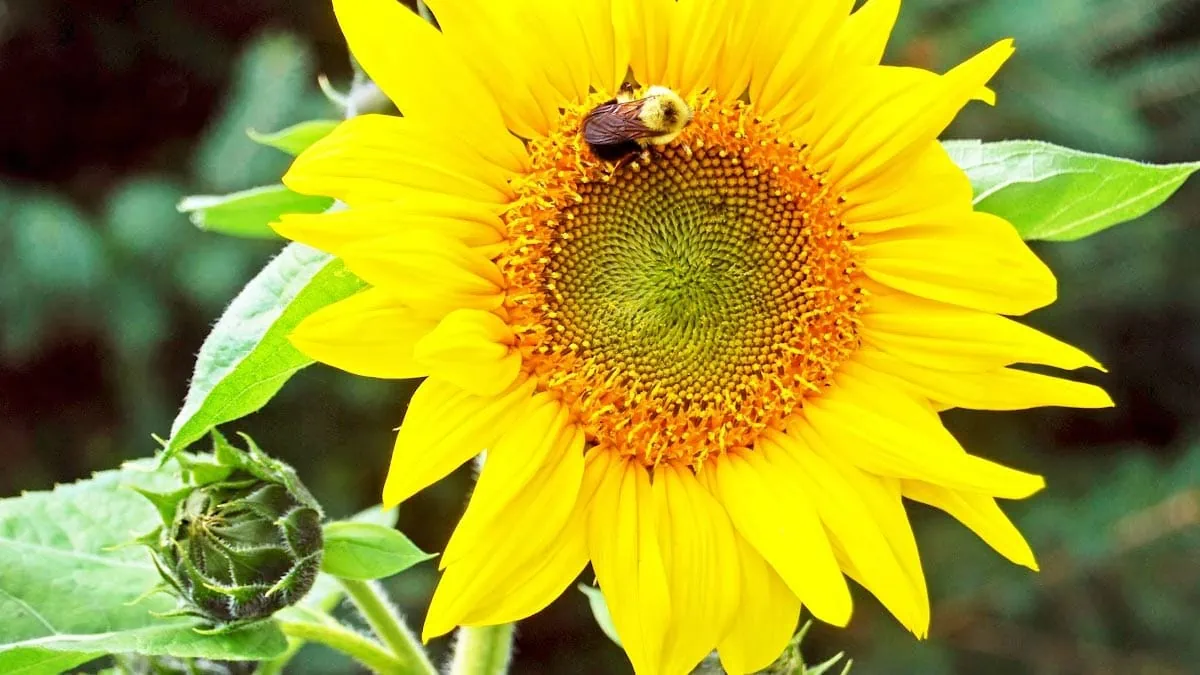
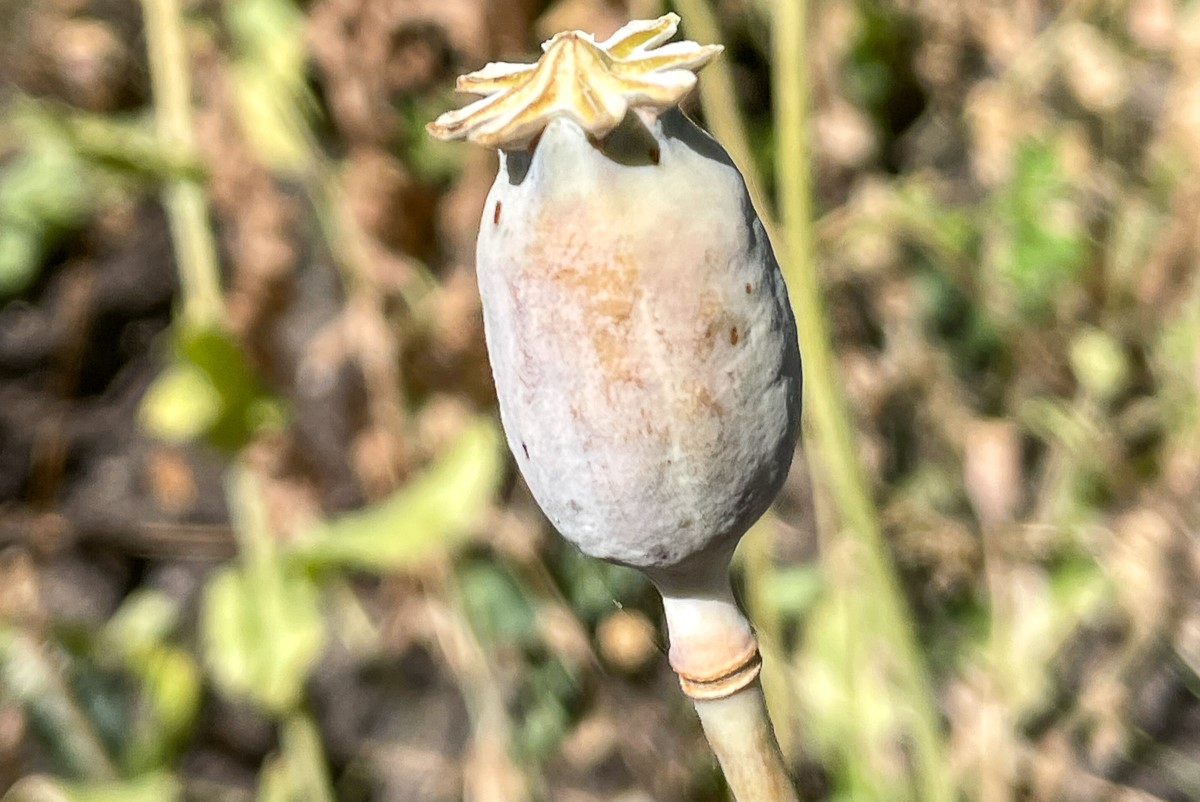
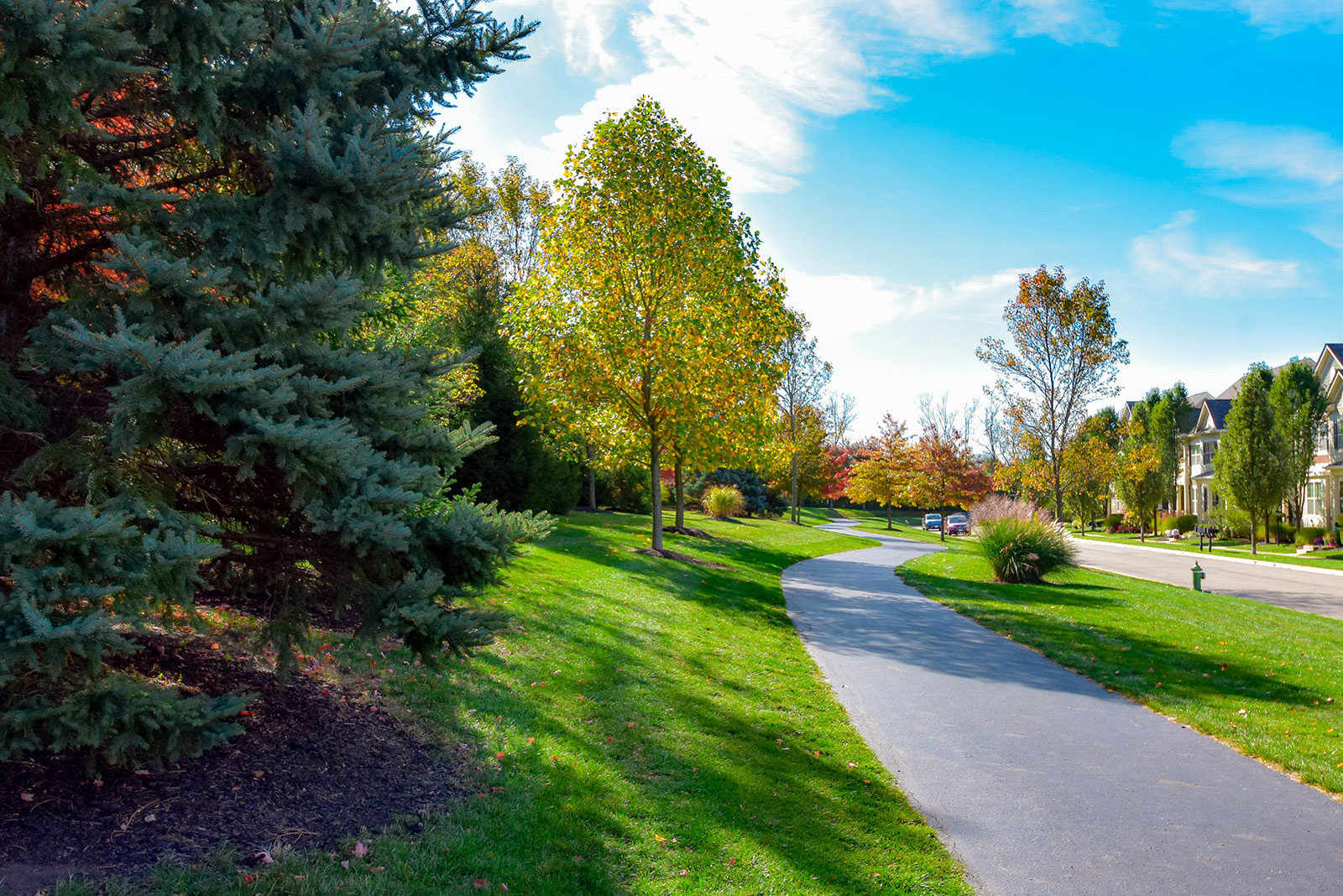
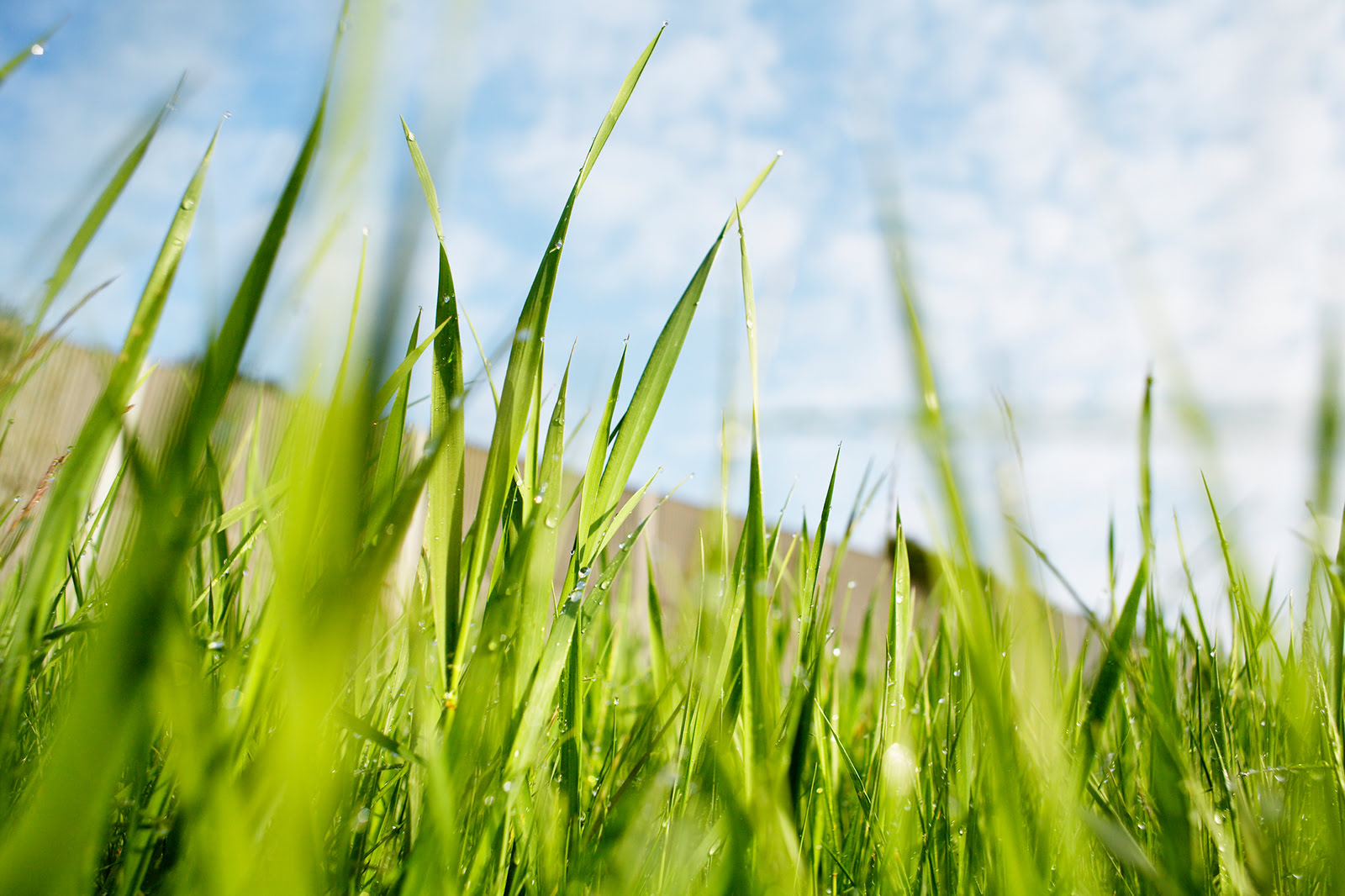
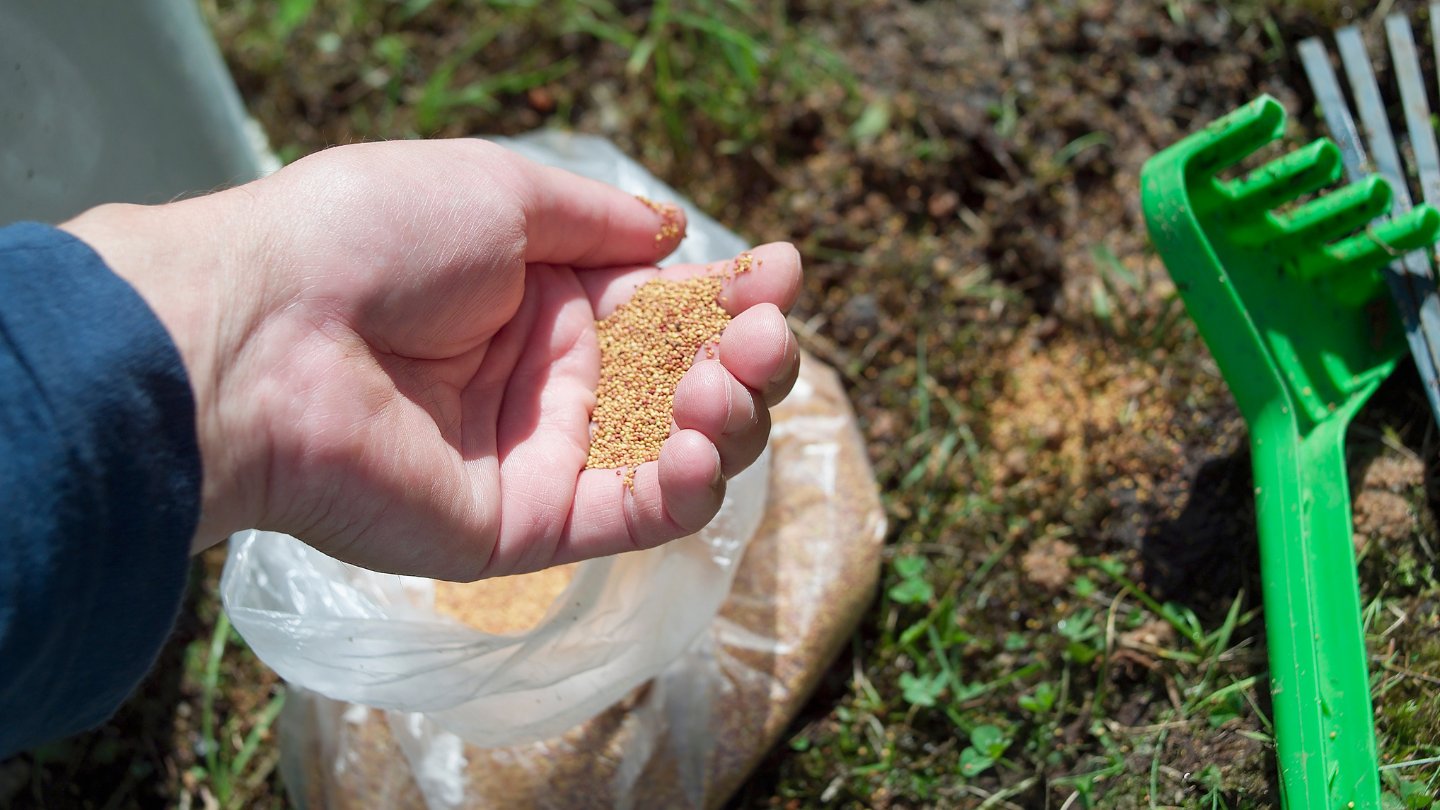
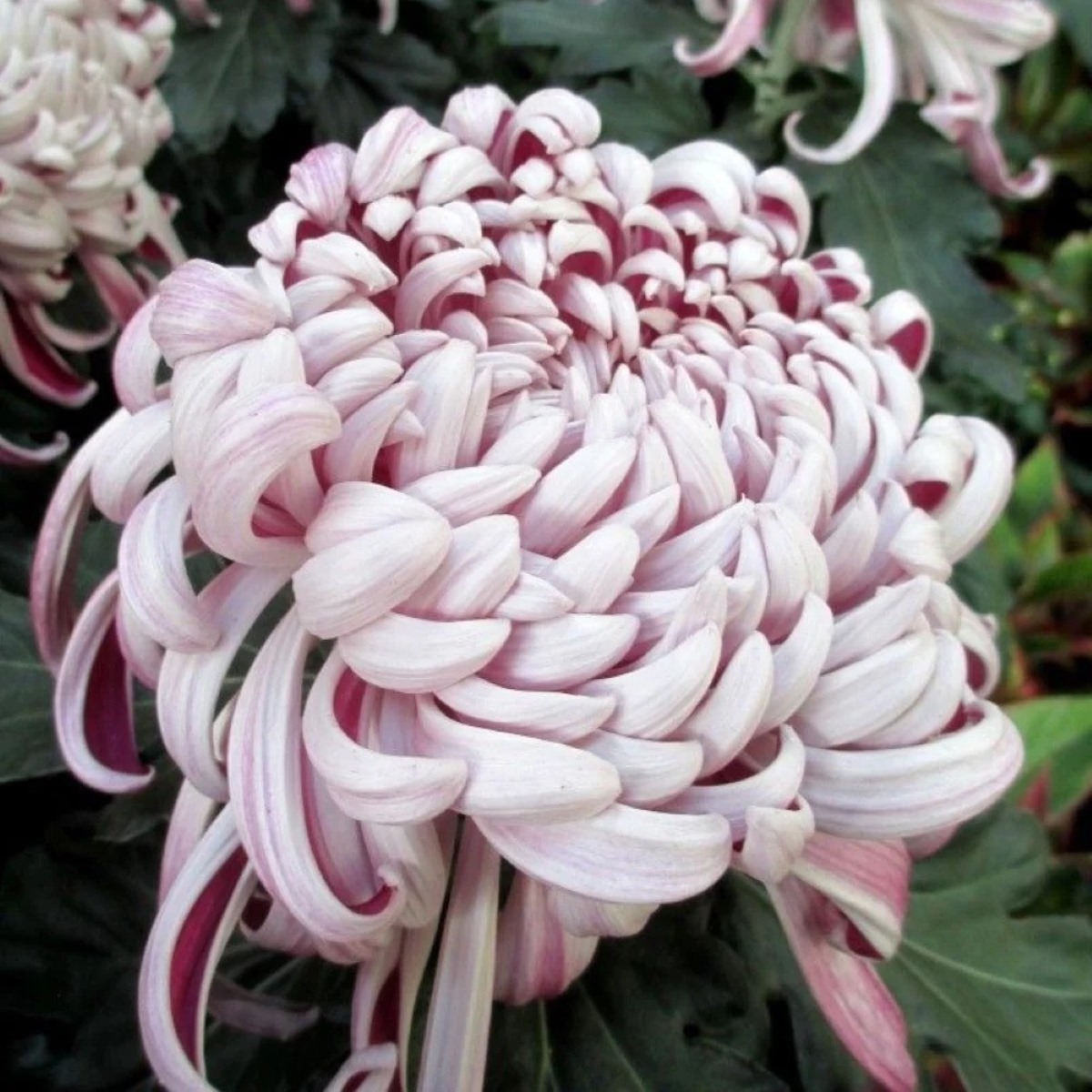
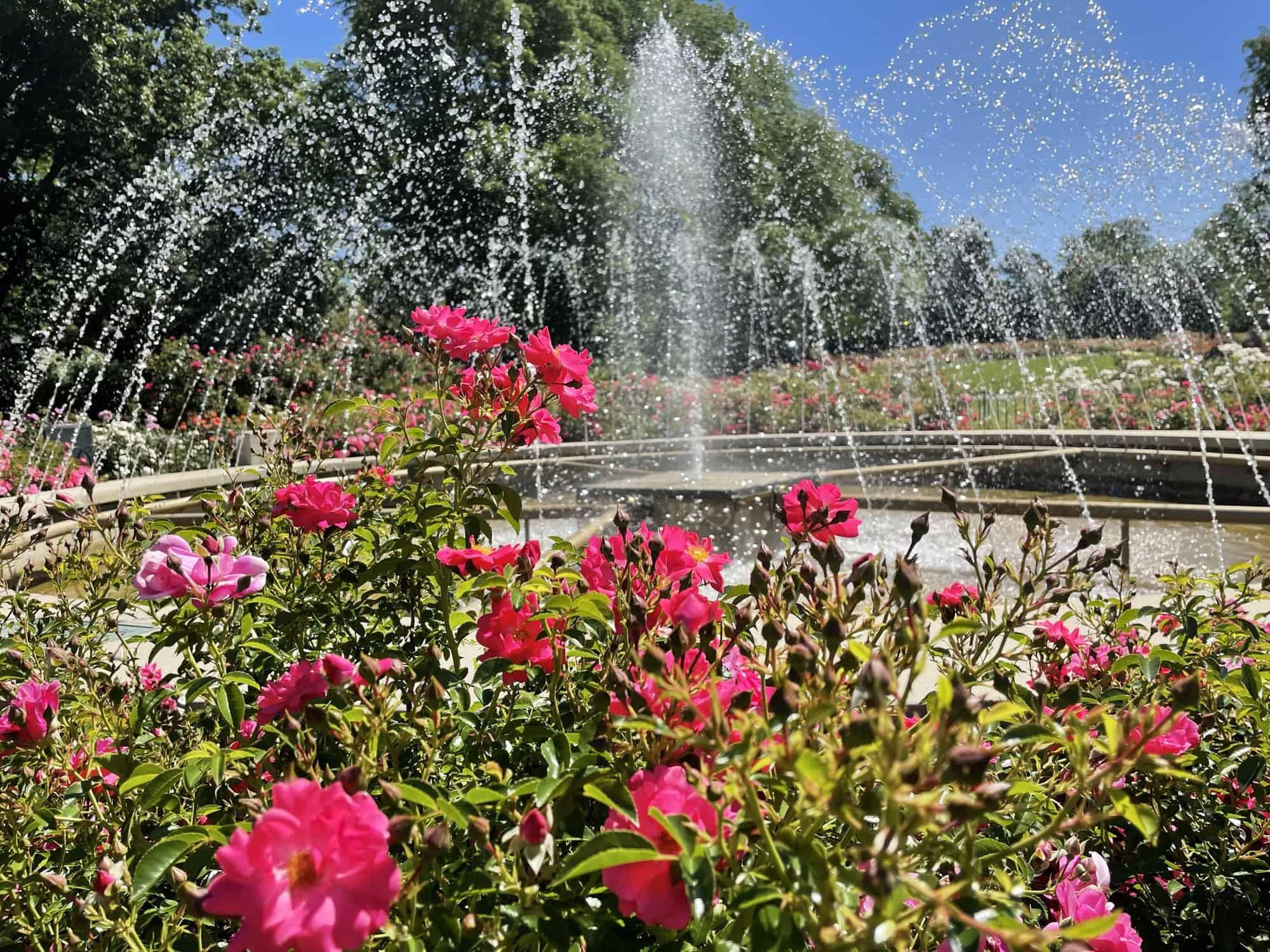
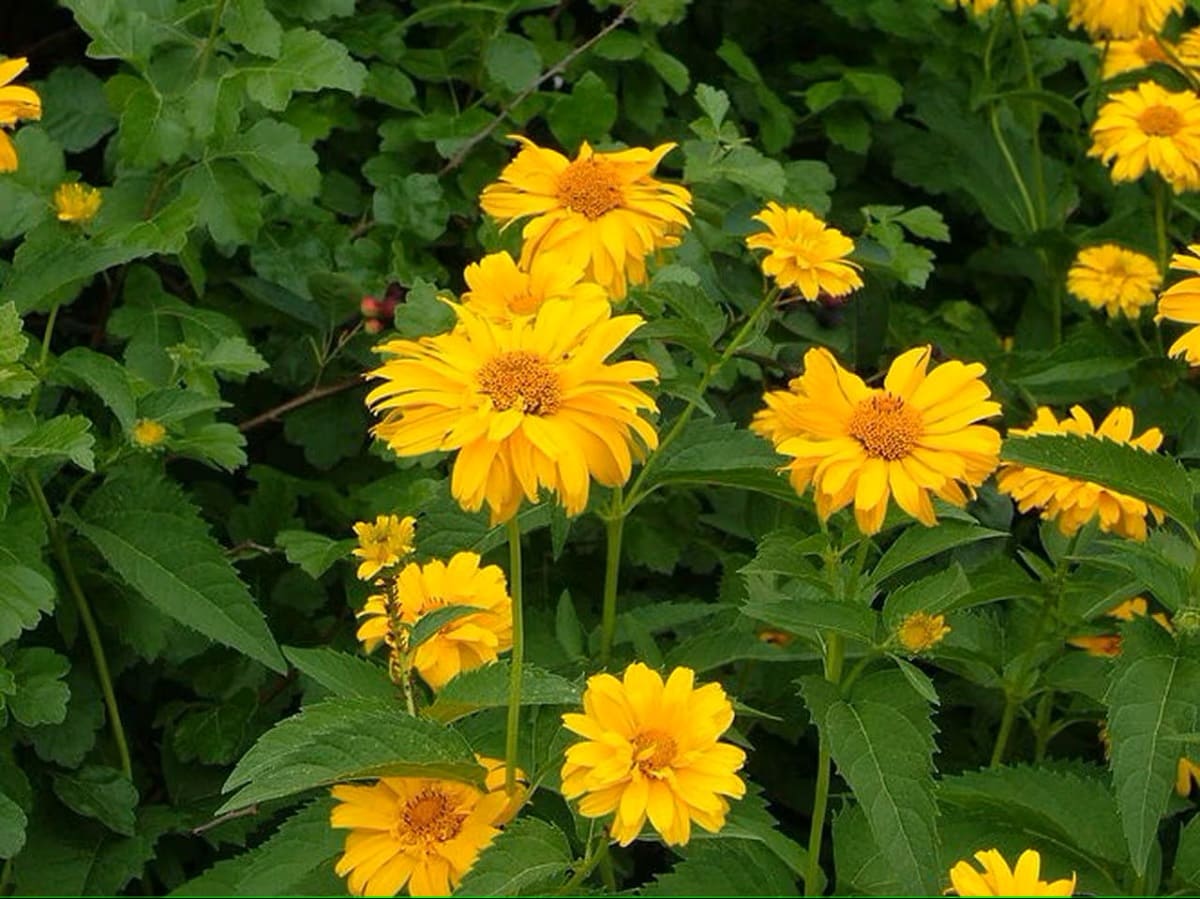
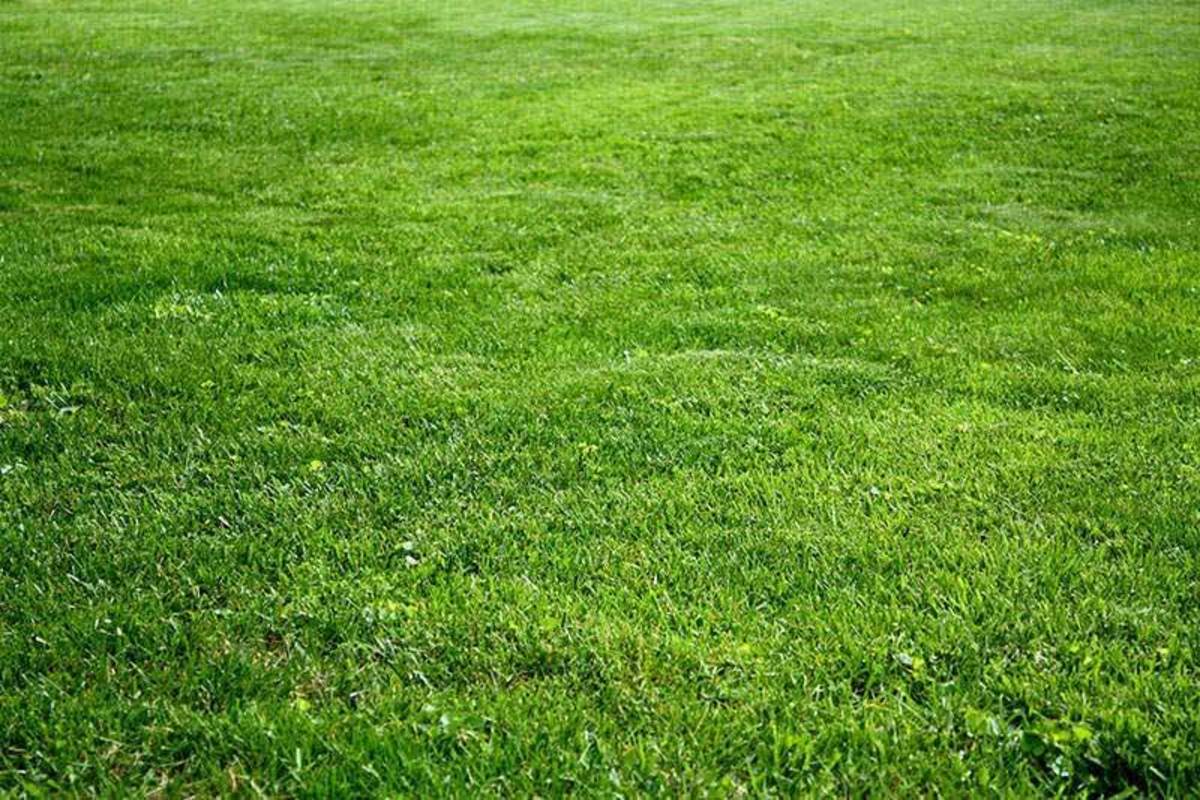
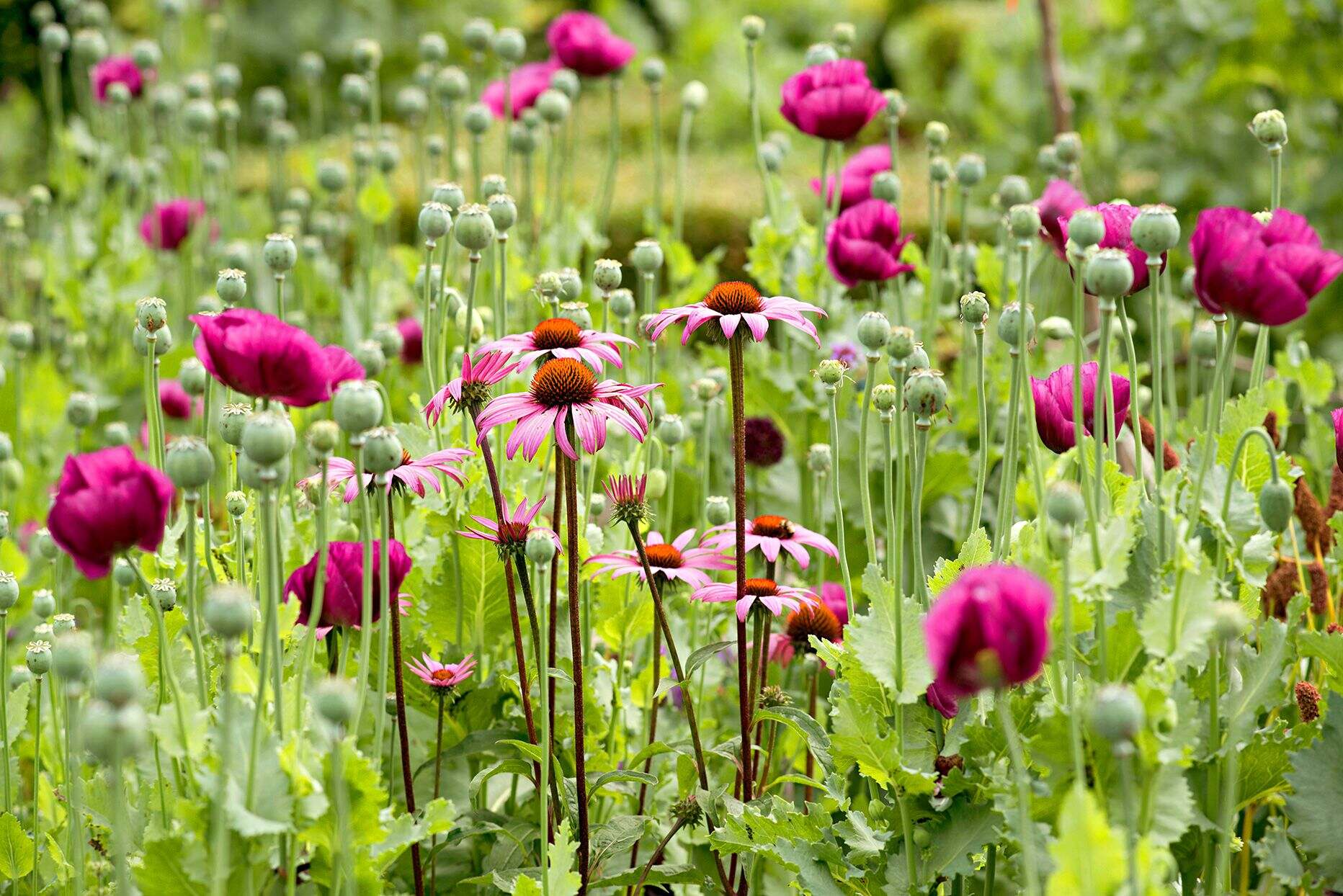
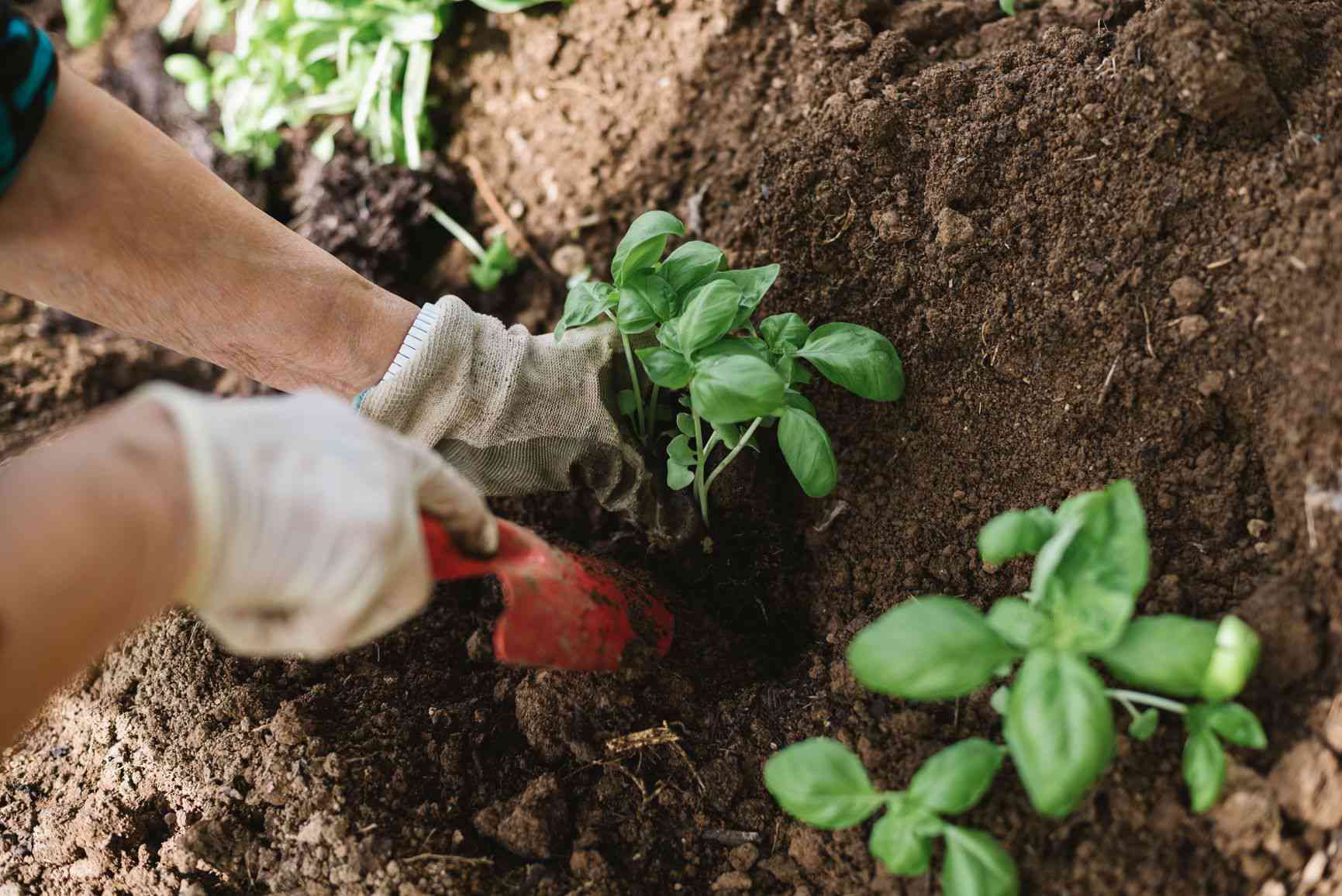
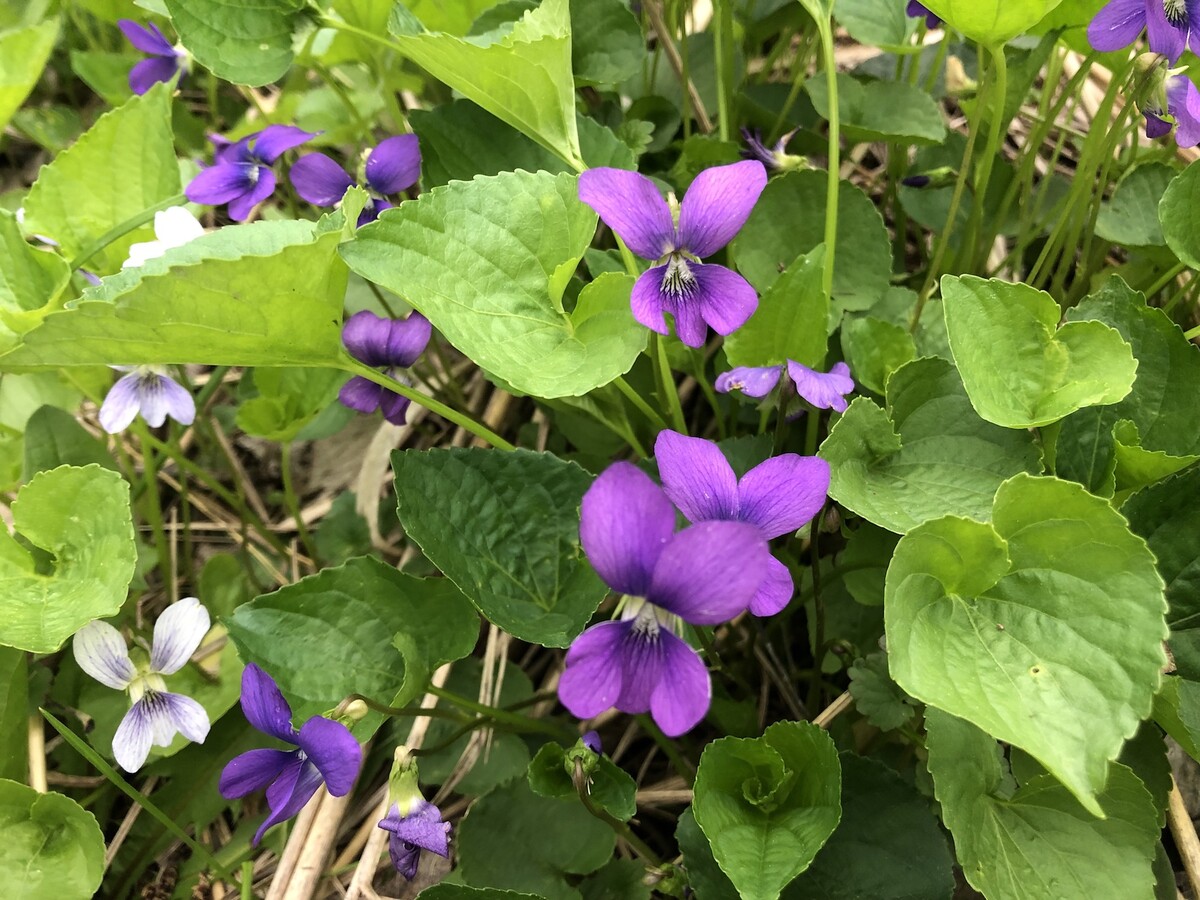
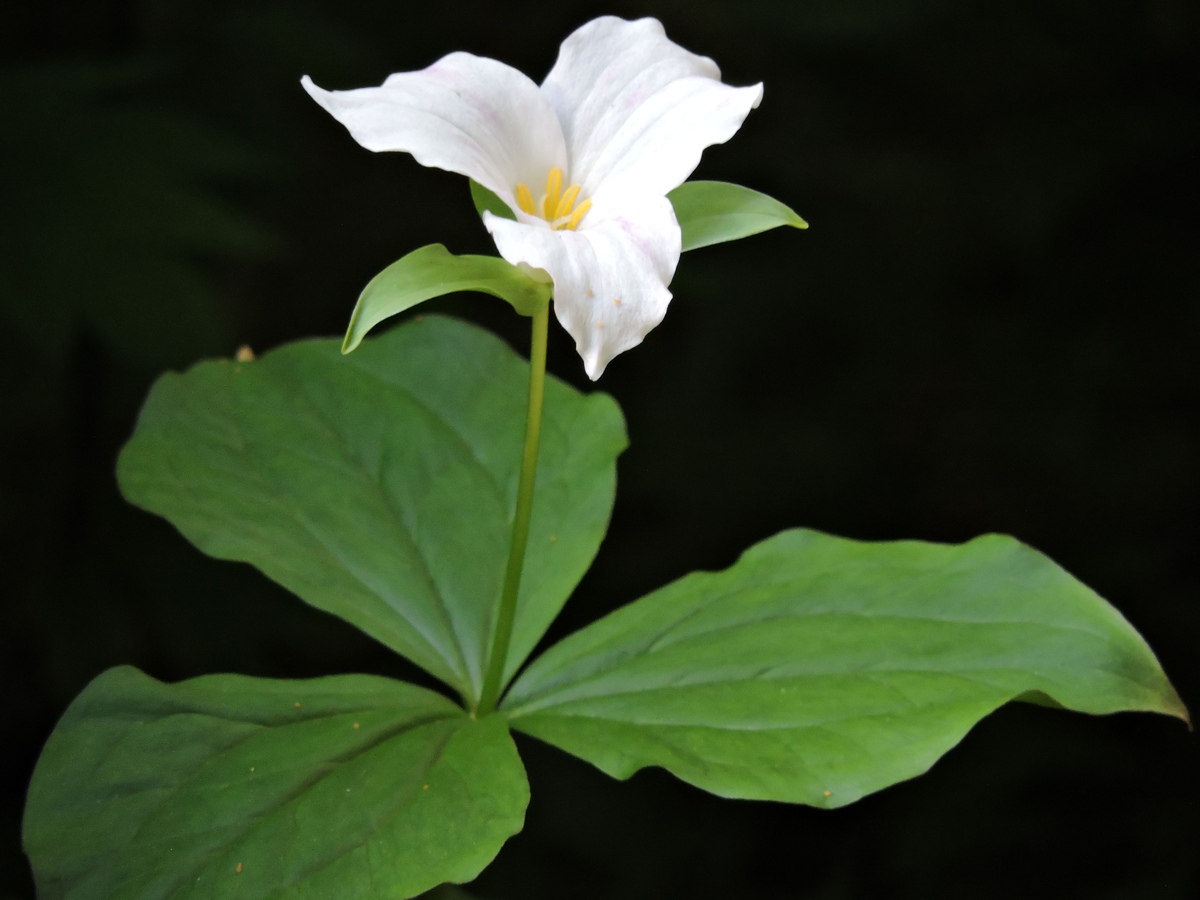
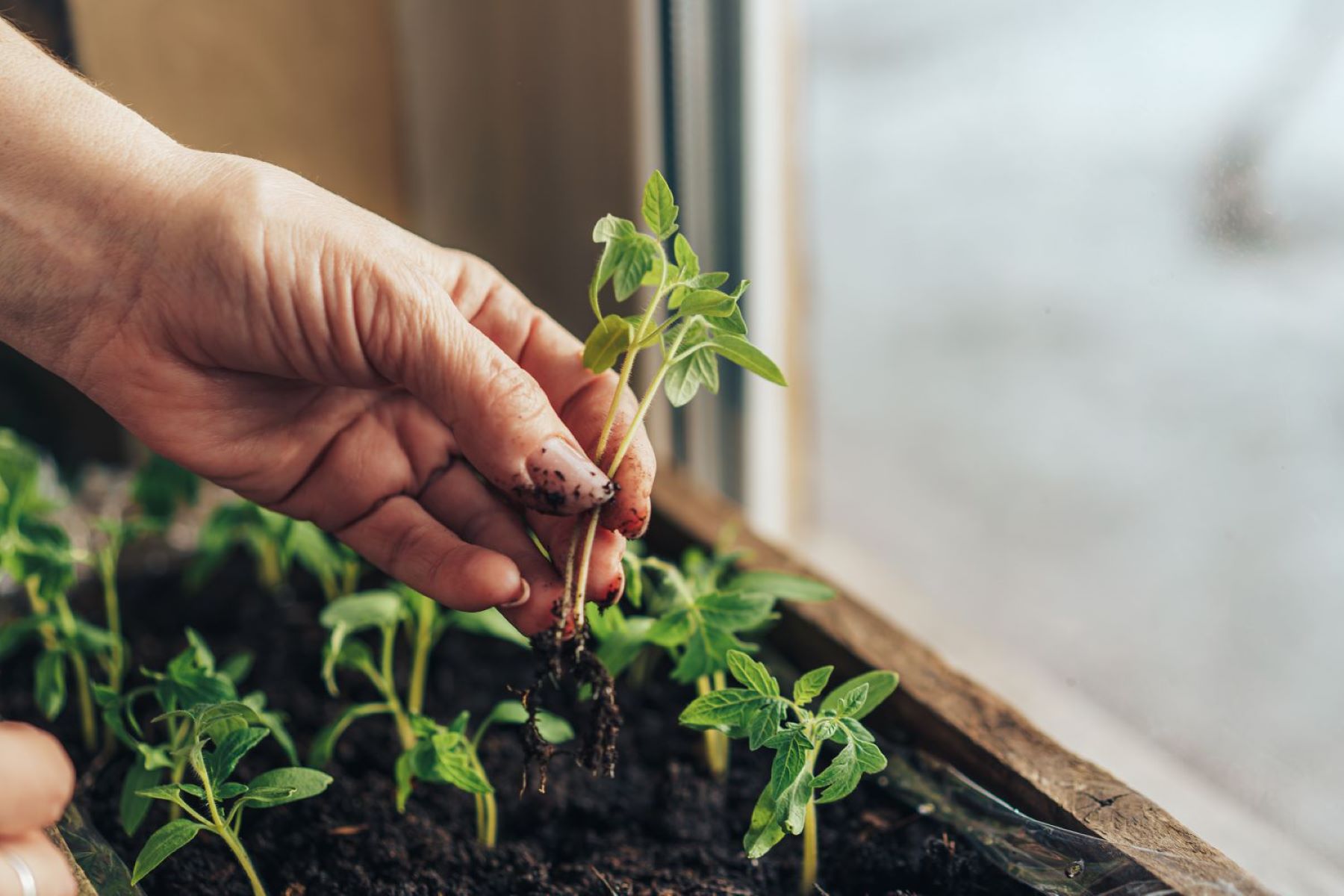

0 thoughts on “When Can I Plant Wildflower Seeds In Ohio”